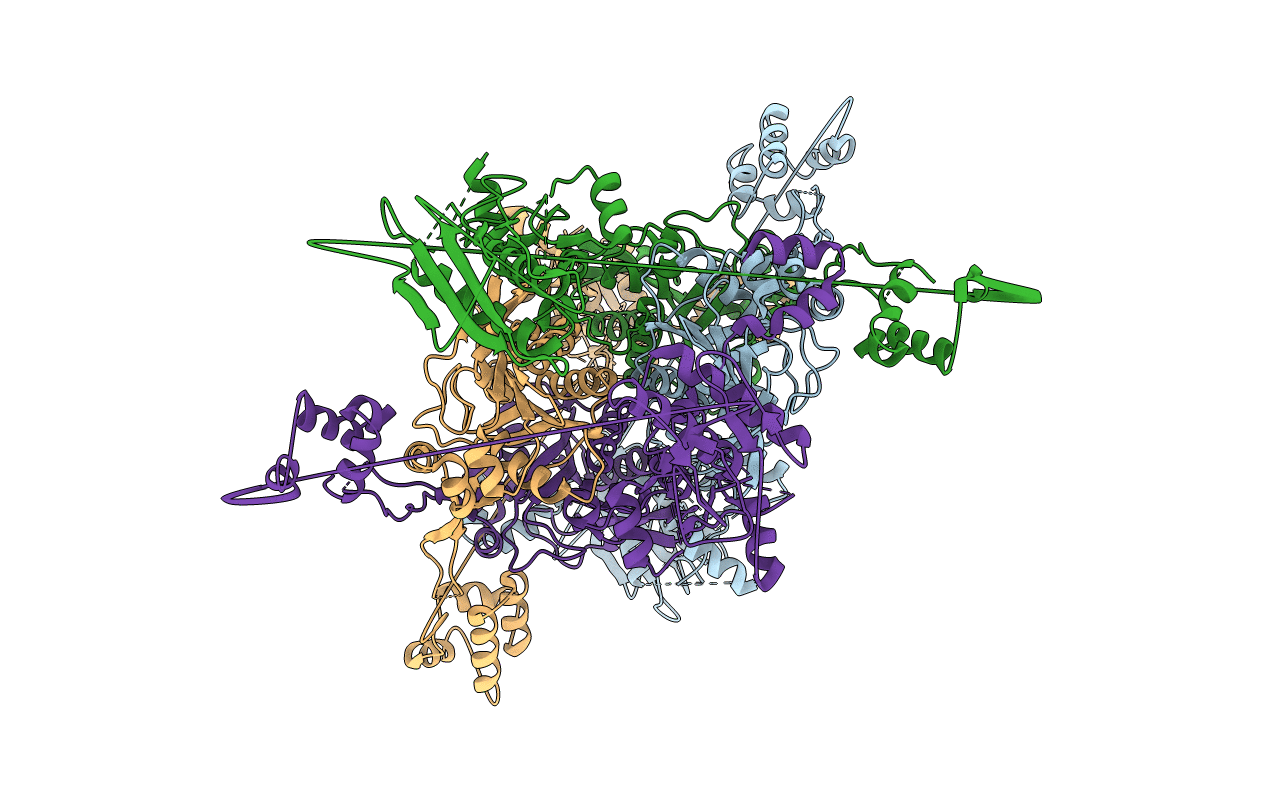
Deposition Date
2006-12-26
Release Date
2007-02-13
Last Version Date
2023-12-27
Entry Detail
Biological Source:
Source Organism:
Methanococcus maripaludis (Taxon ID: 267377)
Host Organism:
Method Details:
Experimental Method:
Resolution:
3.23 Å
R-Value Free:
0.30
R-Value Work:
0.29
R-Value Observed:
0.29
Space Group:
P 21 21 21


